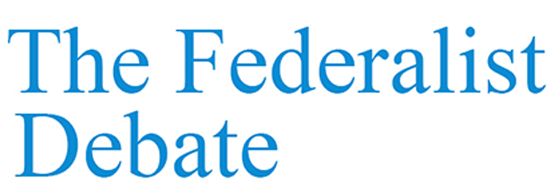The History of World Citizens’ Movements
Rene Wadlow
President and Representative to the UNGeneva, Association of World Citizens
Michel Auvray
Histoire des Citoyens du Monde
Imago, Paris, 2020, 342pp.
Michel Auvray has written a lively and detailed account of what I think of as "the second wave of world citizen action." He deals briefly in a prologue with the first wave, 1937 to 1940, when organizations for the first time used world citizen in the title: Hugh Shonfield and the Commonwealth of World Citizens, largely in England, and the World Citizens Association, in both England and the USA. Both movements drew on people who had been involved in the efforts of the League of Nations and were concerned with the rise of dictatorial and expansionist governments in Germany, Italy, Spain, and Japan. One can say that the first wave ended in 1940 as the Second World War began, although many of the same people continued efforts after 1945.
The second wave of World Citizen action, 1947 to mid-1950 and focused in France, is the heart of Auvray's extensive research in archives and newspapers of the time. This second wave is symbolized by the efforts of Garry Davis and Robert Sarrazac, at birth Robert Soulage. As some others, he kept his name used during the French resistance period. The same was true of l'Abbé Pierre, born Henri Groues, also very active in the second wave.
Sarrazac, a professional army officer before the war, drew on his contacts within the Resistance movements as well as in intellectual Catholic circles to create Le Front Humain des Citoyens du Monde. Garry Davis is a more colorful character and became the symbol of the second wave often highlighted in the press. Garry Davis was the son of a well-known dance band leader in the East Coast of the USA. Garry had started as a song-and-dance man on Broadway, prior to the start of the US entry into the war. He became a bomber pilot, active in bombing German cities. He was motivated in part to revenge his brother, also in the military, killed in Italy.
The war ended and back in New York City, Garry reflected that the people he had killed with his bombs in Germany were also people like himself, part of a wider humanity. It was not Germans who were the enemy, but war itself. Thus he volunteered to work in the New York headquarters of the United World Federalists, a leading movement for peace through a strengthened United Nations.
However, he felt that something more dramatic than brochures and seminars was needed – something that would catch the eye of a wider public. By 1947, the tensions that would become the Cold War were already being felt. The 1948 session, starting in September, of the United Nations General Assembly was to be held in Paris. Davis went to Paris, renounced his US citizenship and camped in a tent on the UN grounds as "World Citizen N°1". This start of the second wave of world citizen action is the heart of Auvray's book.
One of the high points of the 1948 wave is the World Citizen Pact. "We call all men to new and heroic acts, acts of refusal, courage and hope, on which our common future now depends. We call on all men everywhere to mobilize for peace so as not to be mobilized tomorrow by their Governments for war."
However, in June 1950 the war in Korea started, and society was mobilized for war. As a US federalist wrote in September 1950, "If before Korea, federalists were battling against a tide of inertia and provincialism, today we seem but a toy boat on a surging sea. In fact our problem seems not how we can change the sea, but rather can we survive the waves and the undertow." The start of the Korean War ended the second wave of world citizen action. During the 1950-1990 Cold War, world citizens focused on preventing a war between the USA and the USSR, and proposed measures for disarmament and arms control.
It is with the breakup of the USSR and Yugoslavia that we can date the start of the "Third Wave of World Citizen Action", devoted to the resolution of armed conflicts through negotiations in good faith. The breakup of the Soviet Union led to fighting in Nagorno-Karabakh, Georgia, Chechnya, as well as the Yugoslav conflicts, in which world citizens proposed avenues of compromise. These conflicts have been followed by conflicts in the Middle East and Africa. The third wave is building an ideological framework based on the world as a human community of individuals, each with dignity as expressed in the Universal Declaration of Human Rights, proclaimed at the 1948 Paris General Assembly.

